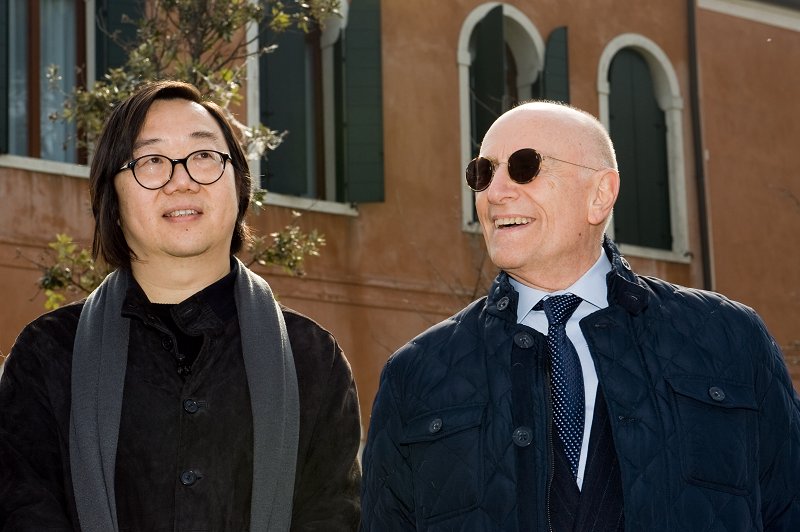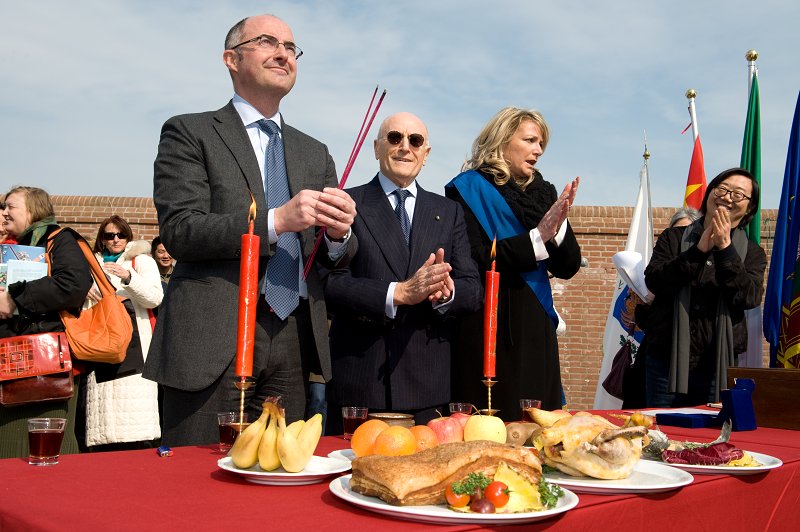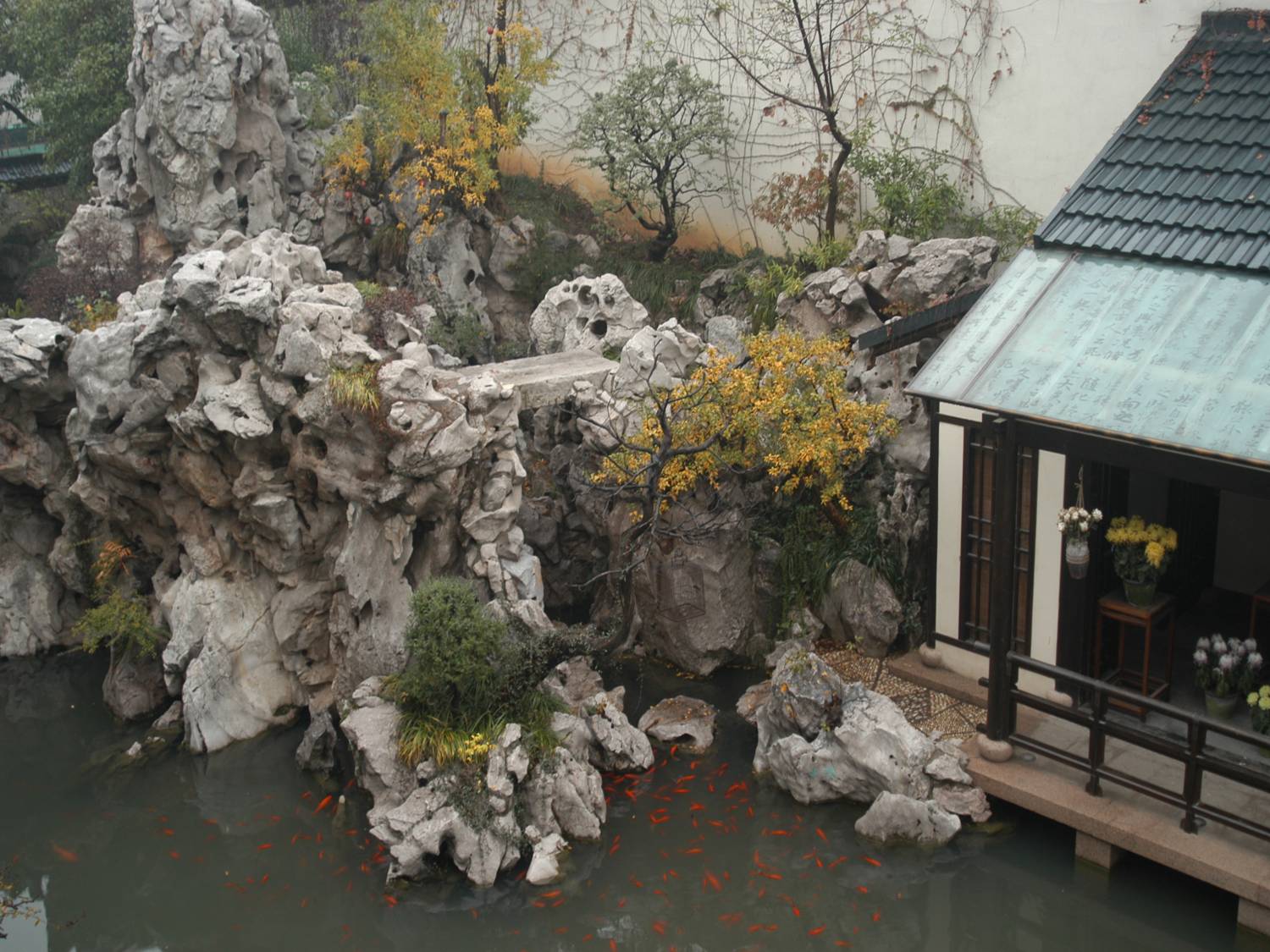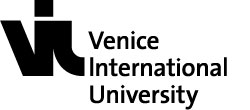
Ye Fang was born in Suzhou in 1962. He spent his childhood in the garden of his mother’s great-grandfather, Bi Yice. During the cultural revolution (1966-1976) his family was forced to abandon the private garden. In 1983 he graduated at the Art and Crafts Institute in Suzhou, and soon after he begun his activity as a painter and teacher. In 2003 Ye Fang successfully built a garden in Suzhou, on an area of approximately 500 square meters with 700 stones and many plant varieties. It is a contemporary garden but it draws on traditional models found in the paintings of the Tang (618-907) and Song (960-1278) dynasties.
Ye Fang lives with his family in the garden that is named after the place where it was built: Nanshipiji. His mission in life is to build Chinese gardens: “The garden is my preferred art form and it does not necessarily become a commercial product. Life is like a boat: what I long for in this boat is a good bottle of wine, some books and my family’s happiness.”
But now his thoughts harbour another dream: a Chinese garden in Venice.

An artist from Suzhou dreams of bringing a garden from Suzhou, “the Venice of the East”, to the Venice of Marco Polo. That master is Ye Fang, creator of one of the most famous gardens in Suzhou, a small town in southern China that counts Venice as a sister city. The Chinese garden is not merely an object of pure aesthetic enjoyment, an exotic emblem, a wonder from a distant land.
It is a space rich in arcane mysteries and meaningful symbols, that reveal themselves to the watchful observer walking full of curiosity through its winding paths.
Ye Fang chooses every component with great care: the stones, the flowers, the plants, the wooden pavilions that one encounters crossing the bridges and walking along the garden paths. It is a miniature landscape and as such it must contain its essential parts, laid out in harmony according to the Chinese art of fengshui: the hill, a natural barrier against harmful influences, water, a fundamental element that is a symbol of life and of spontaneous mouvement, the stones, essence of the mountain, that sacred place and axis mundi. Finally, plants and flowers: the plum tree (mei), a favourite among trees, is the symbol of purity and youth, the peach tree (tao) is the emblem of matrimonial union and immortality, the willow tree (liu) is the symbol of spring and femininity, the orchid (lan) suggests refinement and learnedness, the lotus flower (lianhua) is the Buddhist symbol of peace, continuity and above all purity, because it rises from the mud with its scented white flowers.
Ye Fang studies the shapes of his garden, but without fixing them in a geometric plan because what emerges is not the product of his artistic genius, rather the product of the nature that lives within him. He imagines the thoughts that each stone, each flower, each bridge might provoke and he places these in a harmonious manner so as to create a wonderful landscape that reflects the inner equilibrium and encourages meditation, introspection and the awakening of the senses. Water reflections, shadows, colours and shapes combine to suggest other aspects of reality. Everything is present and alive, like in a wonderful microcosm in which fantasy meets reality. Ye Fang draws inspiration from Chinese traditional thought to complete the space and time of his garden: the art and history of ancient China live in a modern garden.
This why, along the paths, we find stelae bearing the verses of poets from Imperial China. In order to carry out the construction of his garden, Ye Fang frequently travels to lake Tai and the surrounding mountains: there he finds stones with the strangest shapes, ideally suited for his design and the healthiest and most beautiful plants. Now his dream moves to the West, to the city of Venice itself: a jewel of Chinese civilization will be set in the ancient city on the island of San Servolo, offering visitors a peaceful and serene place to meditate.
Traditional Chinese ceremony to mark the foundation laying of the Chinese Garden in the tradition of Suzhou on the island of San servolo

On march 12, 2010, on the Island of San Servolo in Venice, a ceremony was held to mark the beginning of the work for the installation of a Chinese garden in the Suzhou tradition. The ceremony was attended by Francesca Zaccariotto, president of the Province of Venice, Umberto Vattani, president of Venice International University, Samuel Kung, president of the Museum of Contemporary Arts (MoCA) in Shanghai, the designer of the garden Master Ye Fang Progettista, Raffaele Speranzon, assessor responsible for culture with the Province of Venice, and many others.
The idea initiated through relations which Ambassador Umberto Vattani, President of Venice International University, forged with local authorities in Suzhou in view of creating on the Island of San Servolo in Venice a garden similar to those he had admired during his visits to China, which had also fascinated Marco Polo centuries before, and have since been recognized by Unesco as part of the World Heritage.
In September 2008, Ambassador Umberto Vattani invited Master Ye Fang, an artist and philosopher from Suzhou who has recreated a garden in the traditional style of his home town in his own house in Suzhou, to visit the Island of San Servolo in order to study the possibility of recreating a similar wonder in Venice, as a symbol of the twin cities of Venice and Suzhou. Master Ye Fang found the setting ideal and was happy to start designing a garden for the island.
During 2009 there were several site visits and relations with China were consolidated, so much so that the MoCA in Shanghai offered to hold, as a sign of recognition, an important exhibition of major contemporary Chinese artists entitled "A Gift to Marco Polo", which was organized in collaboration with MoCA Shanghai, Institutions of Chinart, and held on the premises of Venice International University on the Island of San Servolo, as a part of the 53rd Venice Biennale Art Exhibition.
On march 12, 2010, during the official ceremocy, work was started by the symbolic foundation laying, in order to "create a Garden that will not only represent the friendship between the two cities but will also enhance the heritage of the Island of San Servolo - president Francesca Zaccariotto declared - as if two nations were enclosed on one island".
"Marco Polo himself - said artist Master Ye Fang presenting his design for the garden - mentioned the city of Suzhou and likened it to paradise on earth". "The garden must contain all the natural elements - the President of MoCA Shanghai, Mr. Samuel Kung, added - water, mountains, plants, in a representation of the harmony of Creation".
Design for a Chinese garden in Venice, promoted by Venice International University, in collaboration with Provincia di Venezia and the Museum of Contemporary Art (MoCA) of Shanghai

The design for a Chinese garden in Venice stems from a need that is increasingly and mutually felt to carry forth relations between China and Italy in an era in which the Great Dragon is evermore present and ahead of its time. Therefore, whoever sets out to create political or commercial relations with the Chinese can not afford to ignore millennia of culture and art that, today as in the past, are the pride of that civilization.
A Chinese garden in Italy is first and foremost, in the city of Marco Polo, a rare and tangible sign of intercultural dialogue. The garden’s symbolic meaning confirms both the ancient and contemporary nature of the relations between Italy and China.
Tiziana Lipiello
Ca’ Foscari University of Venice
The workshops were aimed at local and international students, artists, researchers and creative professionals.
The results of the workshops were presented on September 30, 2006, during a conference and an exhibition organized on the island of San Servolo for the conclusion of the Cittadellarte-Fondazione Pistoletto project organized in cooperation with Venice International University.
|
|
|





















